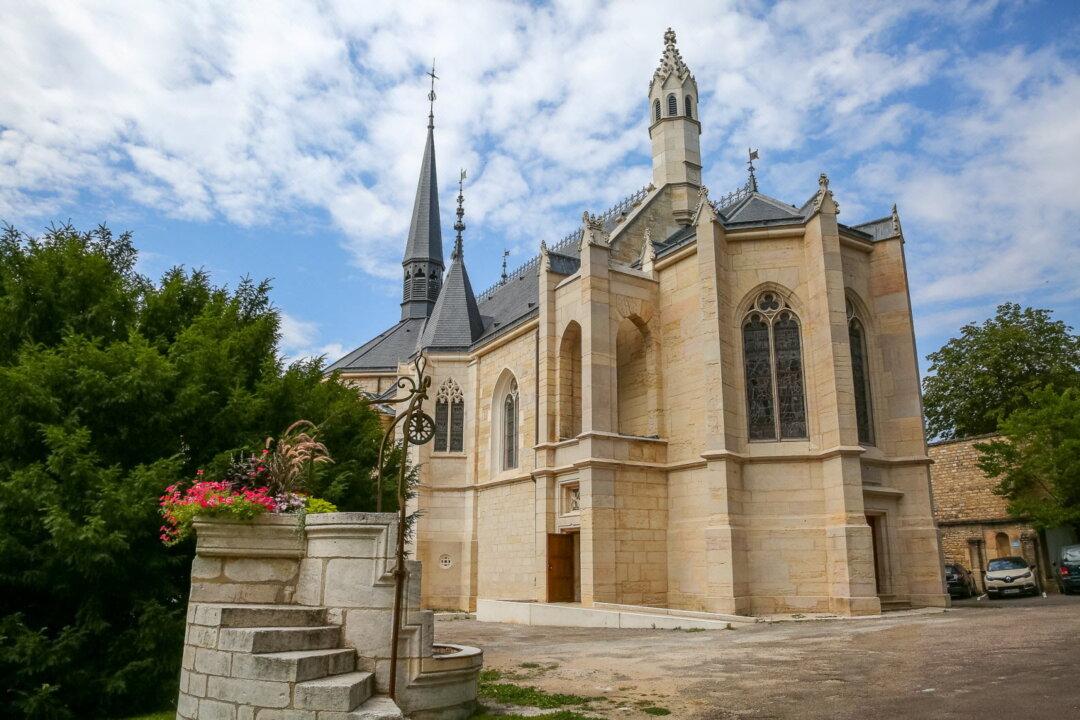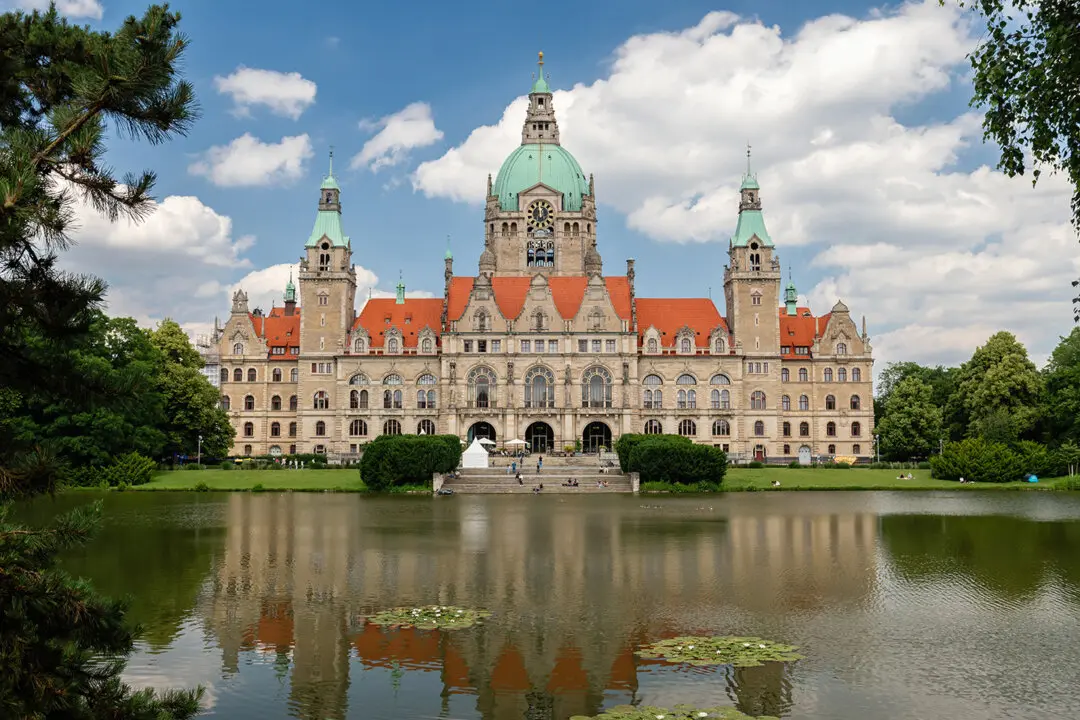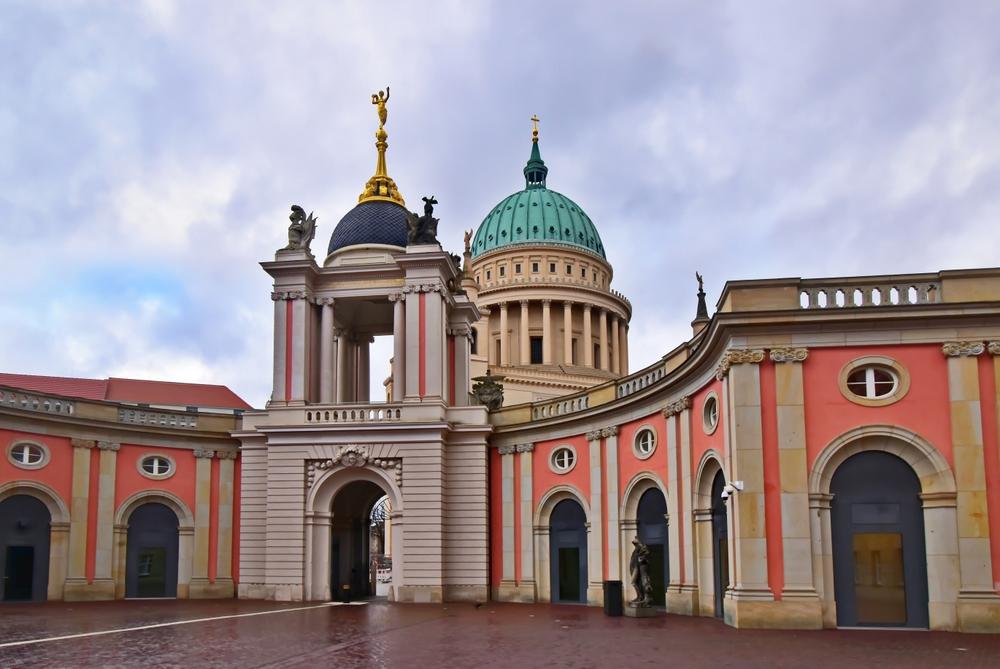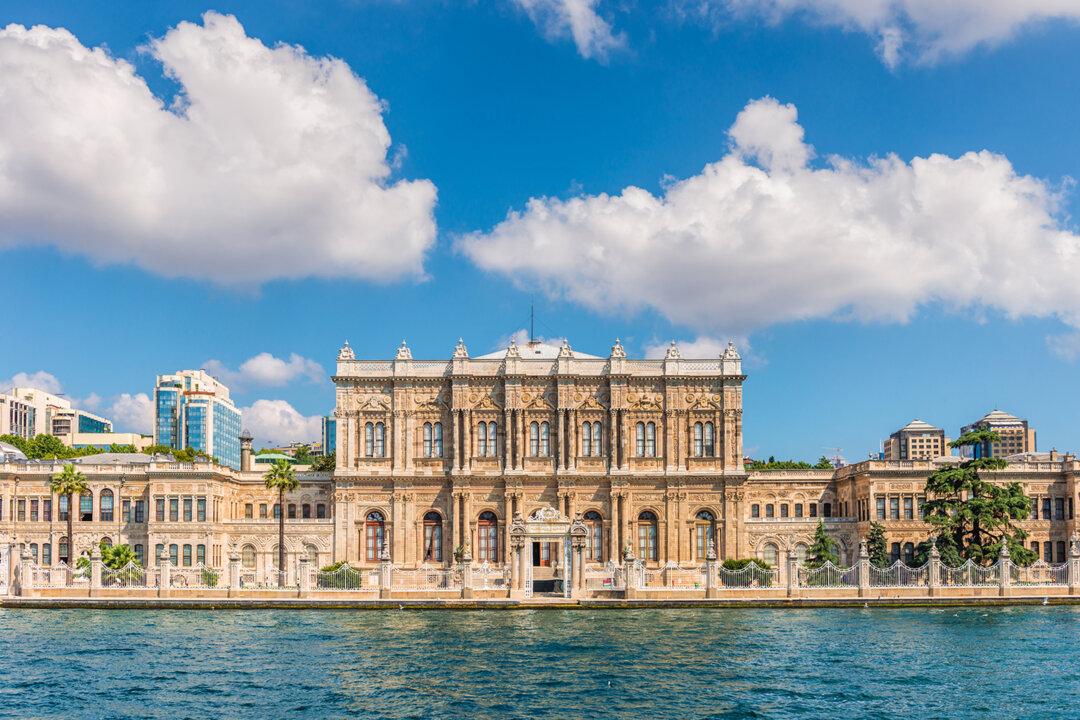In her first address to Parliament on March 11, 1702, Britain’s Queen Anne famously declared “I know my own heart to be entirely English.”
For decades, England’s monarchs were overwhelmingly influenced by the politics and culture of France, Italy, and the Netherlands. While there is no doubt Queen Anne’s declaration was sincere, the fact that she made the statement reflected her deliberate cultivation of an English public image exemplified in the most famous artistic depictions of her by Sir Godfrey Kneller and his disciple Michael Dahl.





